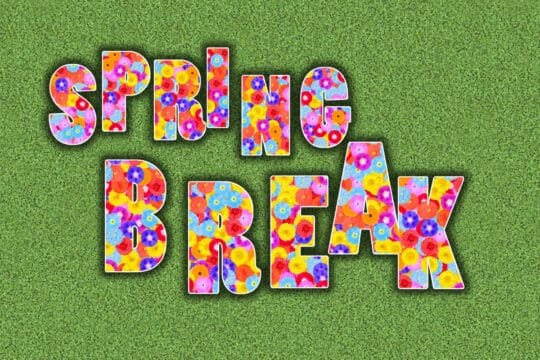One of the many responsibilities of teaching is providing students with meaningful feedback. The goal is simple: to support their learning and help them improve.
Whether written or verbal, feedback has the power to shape how students approach their education.
The key is to provide feedback that encourages growth rather than discouraging effort. Here are a few strategies to make your feedback as an educator as effective as possible.
Use the Feedback Sandwich
One of the best ways to deliver constructive feedback is by using the “feedback sandwich.” This means starting with a positive comment, addressing an area for improvement, and then closing with another positive remark.
The focus should be on what the student is doing right, not just what they need to fix. Too often, teachers feel their main job is to correct mistakes, but feedback is most effective when it highlights strengths while offering guidance for improvement.
When students understand what they’re already doing well, they feel more confident tackling areas that need improvement.
Consider Individual Needs
Not all students receive feedback the same way, which is why it’s important to consider their individual needs.
Some students are more sensitive and may need a gentler approach, while others respond well to direct critique.
A one-size-fits-all method doesn’t work; adjusting your feedback style based on the student’s personality and learning style ensures it’s both effective and supportive.
Give Feedback in a Timely Manner
Timing is everything when it comes to feedback. The sooner students receive it, the more relevant and useful it is.
Feedback given immediately (or very soon after) helps them connect it directly to their work, making it easier to process and apply. If too much time passes, they might not remember what they were working on or why the feedback matters.
Use Clear Examples
One of the most effective ways to make feedback stick is by using examples. Show students what success looks like—a strong essay, a well-structured math problem, or a properly formatted lab report.
If a student is struggling with a rubric, walk them through an example to clarify expectations. When students can visually compare their work to a standard, they gain a better understanding of how to improve.
Focus on One Skill at a Time
When giving feedback, try to zero in on just one skill at a time. If you overload students with too many corrections at once, they can feel overwhelmed. Instead, focus on one area for improvement, making it easier for them to absorb and apply your feedback.
For example, if you meet with reading groups daily, dedicate each session to refining a specific skill. This method allows for steady progress without unnecessary frustration.
Track and Follow Up on Student Progress
Feedback isn’t a one-time event; it’s part of a continuous learning process. Keeping track of student progress makes your feedback more meaningful and allows you to follow up on past suggestions.
If you previously encouraged a student to add more details to their writing, revisit that next time to see how they’ve improved. This reinforces that feedback isn’t just about fixing mistakes; it’s about growth over time.
A few ways to effectively track and follow up on student progress:
- Keep a feedback journal or checklist for each student, noting strengths, areas for improvement, and test scores.
- Hold onto work samples to provide clear examples during discussions with students or parents.
- Have students reflect on past feedback before starting a new assignment to encourage self-improvement.
- Use conferencing to check in, celebrate progress, and set future goals.
When students can see their growth, they feel more motivated to keep pushing forward. Keeping records not only helps guide your feedback but also makes conferences smoother and more productive.
Ask the Right Questions
When delivering feedback, it’s helpful to ask (and answer) key questions:
- What is the student doing well?
- What could they improve?
- How does their work compare to expectations?
These questions help students understand where they stand and what steps they need to take to reach their goals. You can also encourage self-reflection by asking, “How do you think you did?” or “What was challenging for you?”
This keeps the conversation open and gives students ownership of their learning. When students feel like they’re part of the learning process, they’re more likely to engage with and apply your feedback.
Keep It Manageable
Too much feedback can be overwhelming. If students get their paper back covered in red ink, they might not know where to start. Instead, consider focusing on one or two key areas at a time.
If a student’s writing needs some work on structure, grammar, or details, start with structure first. Prioritize the most important changes.
Not every mistake needs to be corrected immediately, some things can wait until the next round of feedback. By breaking it down, you make feedback more actionable and less intimidating.
The Power of Positive and Constructive Feedback
In the past, feedback often meant pointing out what students did wrong. However, today’s experience shows that a balanced approach works best.
By pairing constructive criticism with positive reinforcement, you can build students’ confidence while guiding them toward improvement. Feedback isn’t just about fixing mistakes, it’s about helping students recognize their potential and take the next steps toward success.
Educators never stop learning; check out our available graduate degree programs to hone your skills and promote lifelong learning and academic excellence.




